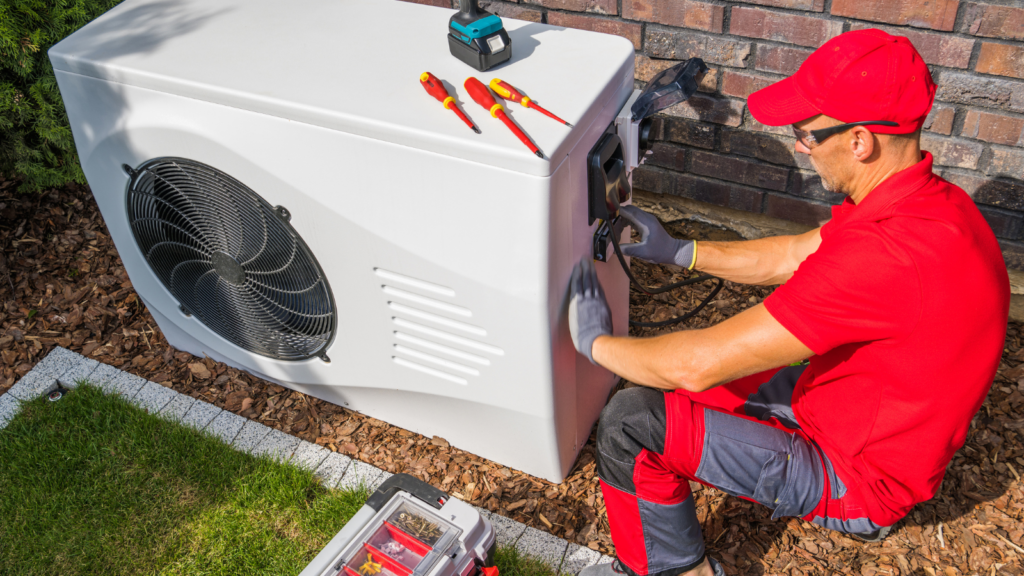[ez-toc]
The HVAC market is experiencing a dynamic shift as technological advancements and environmental concerns drive innovation. With an increasing focus on energy efficiency and sustainable solutions, businesses and homeowners are seeking systems that not only provide comfort but also reduce environmental impact. This evolution is shaping the market landscape, pushing manufacturers and service providers to adapt swiftly.
Emerging HVAC market trends indicate a surge in smart HVAC systems that integrate with home automation technologies. These systems offer enhanced control and energy savings, appealing to tech-savvy consumers. Additionally, the demand for eco-friendly refrigerants and renewable energy sources is on the rise, reflecting a broader commitment to sustainability. As the market continues to evolve, staying informed about these trends is crucial for stakeholders looking to capitalize on new opportunities.
HVAC Market Trends
North America & Europe

In North America, the HVAC market is focused on energy efficiency and reducing carbon footprints. Increased adoption of smart technologies and IoT integration drives the industry’s evolution. Regulatory frameworks, such as those by the Environmental Protection Agency (EPA), influence manufacturers to innovate eco-friendly systems. The region also witnesses a rising interest in retrofitting older systems with modern, energy-efficient alternatives. This approach aligns with a push toward sustainable building practices and meets changing consumer preferences.
Europe’s HVAC market emphasizes sustainability and renewable energy adoption. The EU’s stringent emissions regulations encourage the use of heat pumps and solar-assisted systems. Governments in countries like Germany and France provide incentives for energy-efficient installations. This leads to a flourishing market for advanced HVAC solutions. Technological advancements play a critical role, focusing on reducing energy consumption and meeting zero-emission goals. The region’s commitment to green initiatives drives continuous innovation.
Asia-Pacific
Asia-Pacific experiences rapid HVAC market growth driven by urbanization and rising temperatures. Emerging economies, particularly China and India, increase demand for affordable, energy-efficient solutions. Regulatory policies support sustainable development in construction, influencing HVAC adoption. Technological advancements offer opportunities for market expansion, with smart systems and eco-friendly refrigerants gaining traction. This trend reflects a broader regional focus on balancing economic growth with environmental responsibility.
Market Drivers And Challenges
Transformations in the HVAC market are shaped by regulatory and consumer factors. Key aspects include environmental regulations, supply chain disruptions, and shifting consumer preferences.
Environmental Regulations

Environmental regulations significantly impact the HVAC industry by mandating energy-efficient systems and reducing emissions. Governments worldwide, including those in the US and EU, implement stricter standards to curb carbon footprints. These regulations drive innovation in HVAC technologies that use eco-friendly refrigerants and advanced energy management. Compliance demands investment in research and development, pushing manufacturers to create products that align with sustainable practices while meeting regulatory expectations.
Consumer Demand
Consumer demand drives trends toward energy-efficient, smart HVAC solutions. Homeowners and businesses increasingly value systems that offer lower operating costs and enhanced comfort. The rise of smart home technologies amplifies this demand, as consumers seek integrated HVAC systems with remote monitoring and control capabilities. Preferences shift towards environmentally friendly products that align with sustainability goals. Manufacturers focus on innovation and differentiation to provide solutions that cater to this evolving landscape, ensuring products meet customer expectations and regulatory standards.
Impact Of The Pandemic On The HVAC Market

The pandemic significantly affected the HVAC market, primarily through supply chain disruptions and shifting consumer priorities. Lockdowns and restrictions delayed production and delivery, causing supply shortages and increased costs. Consumer focus shifted towards indoor air quality and ventilation due to heightened awareness of health and safety. Demand surged for HVAC systems with enhanced air filtration and purification capabilities. Additionally, remote work trends spurred investment in residential HVAC upgrades, as people sought to improve home comfort and energy efficiency. These changes prompted manufacturers to adapt HVAC market trends to meet evolving consumer needs.
Customer Demand Shift in Products
The HVAC market is undergoing a significant transformation driven by technological advancements and heightened environmental awareness. Stakeholders must stay informed about key HVAC market trends such as smart systems and eco-friendly solutions to capitalize on emerging opportunities. As the market grows, driven by urbanization and climate change awareness, regulatory measures are pushing for energy-efficient systems, especially in the Asia-Pacific region.